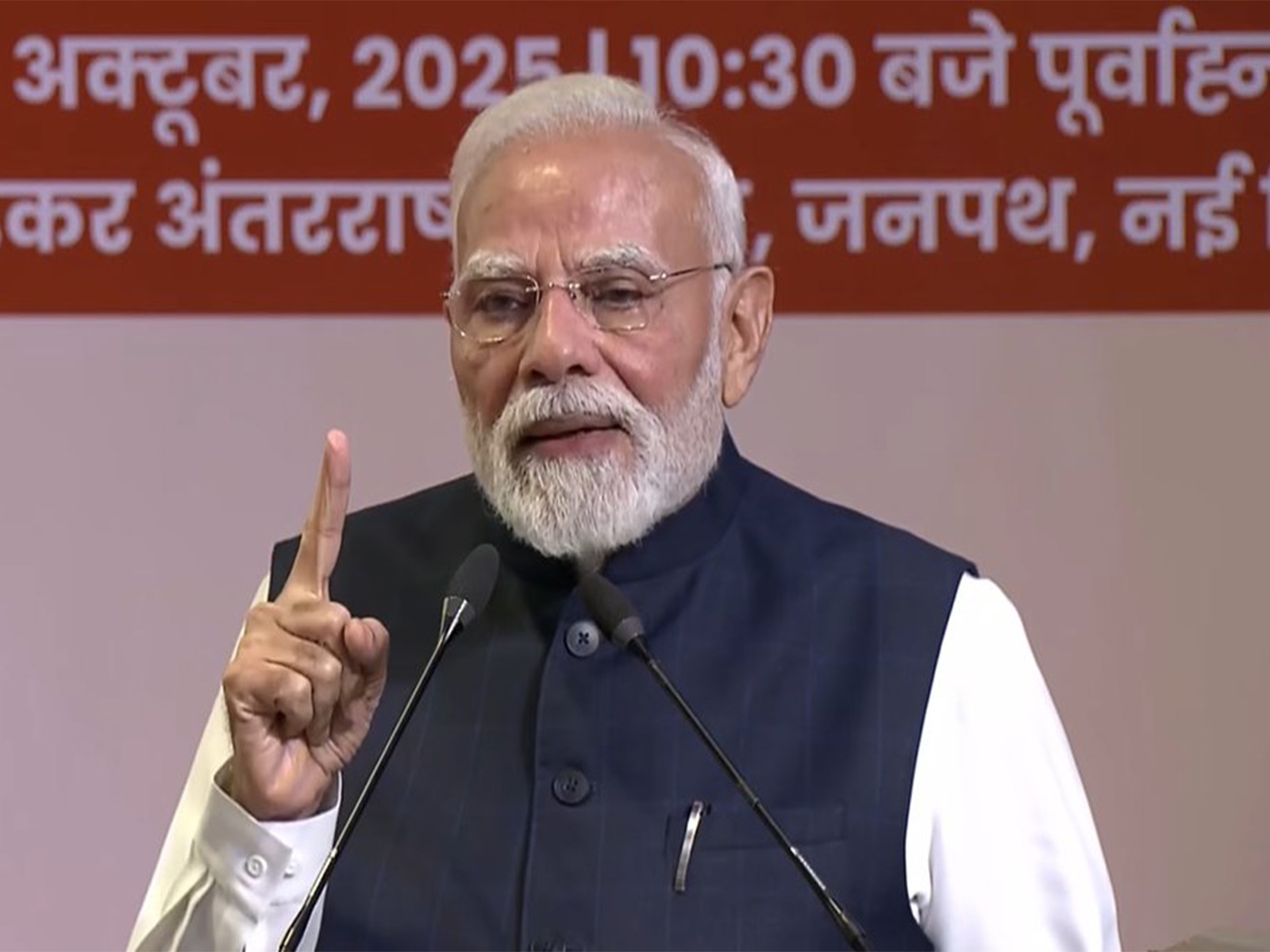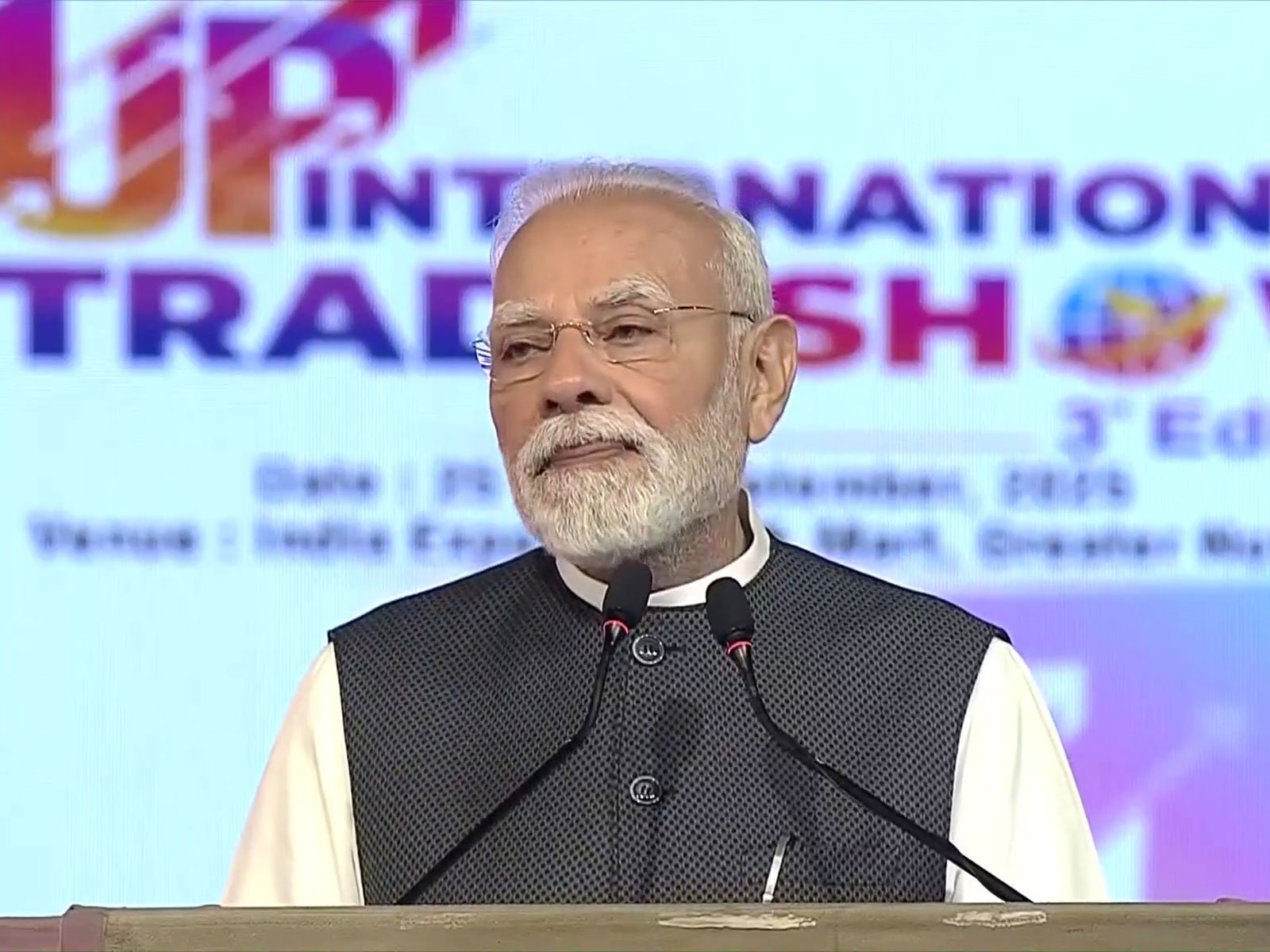Revealed: How Goa changed Portuguese-era rules to bypass Land Acquisition Act for IIT campus

India brought in the Right to Fair Compensation and Transparency in Land Acquisition, Rehabilitation and Resettlement Act, 2013, to finally replace the colonial land acquisition law enacted back in 1894. The new law was a result of many years of debate, and was seen as an effort to make governments fair and responsible when they take over private land for public projects.
But the new law made it "impossible" for states to acquire land, or that's what the BJP-led government in Goa claims, according to administrative paperwork related to the Indian Institute of Technology's Goa campus that has been accessed under the RTI. So hard, in fact, that when the state faced trouble in selecting a site for the IIT campus, it found a way to bypass the law altogether by sacrificing a unique, age-old system of managing community land.
In February 2016, Laxmikant Parsekar's BJP government moved a rare amendment to a community land law, called the Code of Comunidades, to acquire 300 acres of grazing and agricultural land in a south Goa village for the IIT campus.
Also Read: Loot the people: the Goa model for "ease of business"?
Comunidades are a unique system of governing village community land, typically consisting of vast tracts of agricultural and grazing lands, wetlands, and forests. The system dates back several centuries and is considered a piece of Goan heritage.
On file, the government justified the amendment by saying the Land Acquisition Act of 2013 had made it "impossible" to acquire any land in Goa, due to which government projects were stalled.
The rules governing comunidades have been amended only a handful of times. Experts said the government's move to amend the rules comes at a time when comunidade lands are already threatened by encroachments and degradation.
Land acquisition woes
The genesis of the amendment lies in the government's struggles for finding land for IIT Goa, which was proposed by the Centre in August 2014, around three months after the NDA government took charge. As per procedure, the state government was to choose a suitable place, get it vetted by the IIT and hand it over.
But the first site at Dhargalim in north Goa, picked in December 2014, fell through. This site had an anomaly - nearly 200 acres of privately-owned land protruded in between state land. So, in February 2015, the IIT Site Selection Committee gave its opinion that the land was suitable if these 200 acres were acquired so that the campus could be seamless.
This is when the project stalled. The site was in Pernem, part of a constituency that has been with the BJP since 2007 and is currently represented by the minister Rajendra Arlekar. It's adjacent to Mandrem, which is represented by chief minister Parsekar.
The files show that there was complete silence from the government for several months after the IIT committee's advise to acquire the private land was formally communicated by the HRD ministry. Even the then HRD minister Smriti Irani's letters to Parsekar, sent in April and June, went unanswered.
In August, Parsekar chaired a meeting where it was decided to drop Dhargalim and find an alternate site for the campus.
In another meeting chaired by Parsekar in November 2015, a 300-acre site at Loliem in south Goa was found suitable, and the state cabinet approved it in December. By now, it had been over a year since IIT Goa was first proposed, and the plans to inaugurate it in the 2015-16 academic year had been pushed ahead.
Eyeing comunidade land
The selected land at Loliem was not owned by individuals but by the village comunidade.
In Goa, vast tracts of village community land - agricultural, grazing and wetlands - are owned and managed by comunidades, autonomous bodies whose members are descendants of the original settlers of the respective villages.
Known as the Gaonkari system, it has been in existence for centuries with some studies dating it as far back as the first millennium AD. It was codified by the Portuguese, who ruled Goa from the 16th century until 1961, when it was integrated into the Indian republic. 'Comunidade' means community in Portuguese.
The rules were known as the Code of Comunidades, and the latest version was formalised by the Portuguese months before Goa's liberation in 1961.
Desperate to start the IIT in the 2016-17 session, the government decided to amend this Code as it did not contain any provision that allowed the state to acquire such a large tract of land. The official note explaining the amendment says much more.
For 'development'
The note, moved by the revenue department on 5 February 2016, begins by stating that "The Right to Fair Compensation and Transparency in Land Acquisition, Rehabilitation and Resettlement Act, 2013, has come into force wef 01/01/2014".
It adds: "Since the introduction of the new Land Acquisition Act, the acquisition process is [sic] come to a standstill in respect to State of Goa [sic]. Not a single Land Acquisition has taken place for any purpose wef 01/01/2014 onwards till date, under the new Act."
Later it says, "Various projects of the Government gets delayed or even dropped due to non-availability of land suitable for the projects."
Also Read: In Goa, villagers debate IIT campus under the shadow of guns
The note proposes to add a provision to the Code that would allow the state government to grant comunidade land without auction to the Government of India or a body under it for "setting up Premier higher educational institute of National level and of International repute".
"The purpose of this Amendment is to enable the Government to set up any educational institutions referred above which are governed by... the government of India."
The amendment was finally moved in the Goa assembly, which passed it March 2016. The Governor's assent came a month later.
Threats to community land
Among the smallest states by size, Goa has historically been short of land for large projects and many land-related struggles have broken out in the state recently with land acquisition for several major projects, including the IIT and the state's second international airport at Mopa, under question.
Amending comunidade rules is seen as an attempt to target the community lands, which some say consist of more than half of Goa's total geographical area.
The last time a major amendment was made to the comunidade rules was in 1985, when the government allowed charitable institutions and small scale industries, besides houses for freedom fighters and housing schemes for the landless, to come up on this land. Even then, the size of the land to be given away for such purposes was limited - in a later decision - to 400 square metres.
The latest amendment does not mandate any such limit. The IIT campus, which the amendment is aimed to facilitate, is slated to come up on 12 lakh square metres, or 300 acres, of land.
A similar amendment was attempted in 2006 by the Congress government to acquire 12 lakh square metres of comunidade land for an IT park at Serula in north Goa. However, the bill was withdrawn from the assembly after a select committee did not give it a favourable report.
Although the BJP government's amendment mandates that the land can be acquired only with prior consent of the comunidades, it does not imply that consent from the entire village since these bodies consist only of descendants of those who settled there hundreds of years ago. At present, they tend to not be a majority of the village's voting population. Also, since the members get an annual dividend on earnings from the land, any sale of a large parcel of land will bring a windfall.
This is clear from the case of the IIT. The comunidade had given consent to the land acquisition at a general body meeting attended by 98 members. But the campus is opposed by a large number of villagers. In two gram sabhas, nearly 500 people voted to oppose it.
Most villagers were not even aware of when the comunidade gave its consent and learnt of it only a few months later.
"There is a trend of comunidade land getting commercialised as land value has gone up. Earlier such land would be acquired for peanuts but now the compensation has been increased to reflect the true land values, which are regularly updated by the collector's office," said Cajetan Raposo, professor of political science at St Xavier's College, Goa.
Commenting on the consent given by the Loliem comunidade for setting up the IIT, Prof Raposo said, "The Gaonkars (comunidade members) may be getting good compensation. The comunidade general body is the final authority on what they can give the land for."
There are 223 comunidades in Goa, but just 60 are said to be active. Though the amendment limits acquisition of comunidade land to national educational institutes, it comes at a time when the comunidades are facing grave threats from encroachment and degradation. Yet, they remain among the few green spaces outside of protected forests, and are also a social security.
"The IIT is coming up on a plateau, and these were always meant to be grazing lands. It is like a donation for the poor who can take their cattle to graze. The comunidade cannot give it away," said Andre Antonio Pereira, secretary of the Association of Components of Comunidades, an association of comunidade members.
"The consent given by the comunidade is illegal as it is hostile to the very purpose of comunidades," Pereira said, adding that the Code of Comunidades too cannot be amended by the government but at a convention which has representatives from all comunidades. "It can be challenged in court," he said.
Also Read: Mopa Airport inauguration plans hang in balance as farmers reject compensation
Edited by Mehraj D Lone
First published: 20 December 2016, 3:18 IST





![BJP's Kapil Mishra recreates Shankar Mahadevan’s ‘Breathless’ song to highlight Delhi pollution [WATCH] BJP's Kapil Mishra recreates Shankar Mahadevan’s ‘Breathless’ song to highlight Delhi pollution [WATCH]](https://images.catchnews.com/upload/2022/11/03/kapil-mishra_240884_300x172.png)

![Anupam Kher shares pictures of his toned body on 67th birthday [MUST SEE] Anupam Kher shares pictures of his toned body on 67th birthday [MUST SEE]](https://images.catchnews.com/upload/2022/03/07/Anupam_kher_231145_300x172.jpg)






